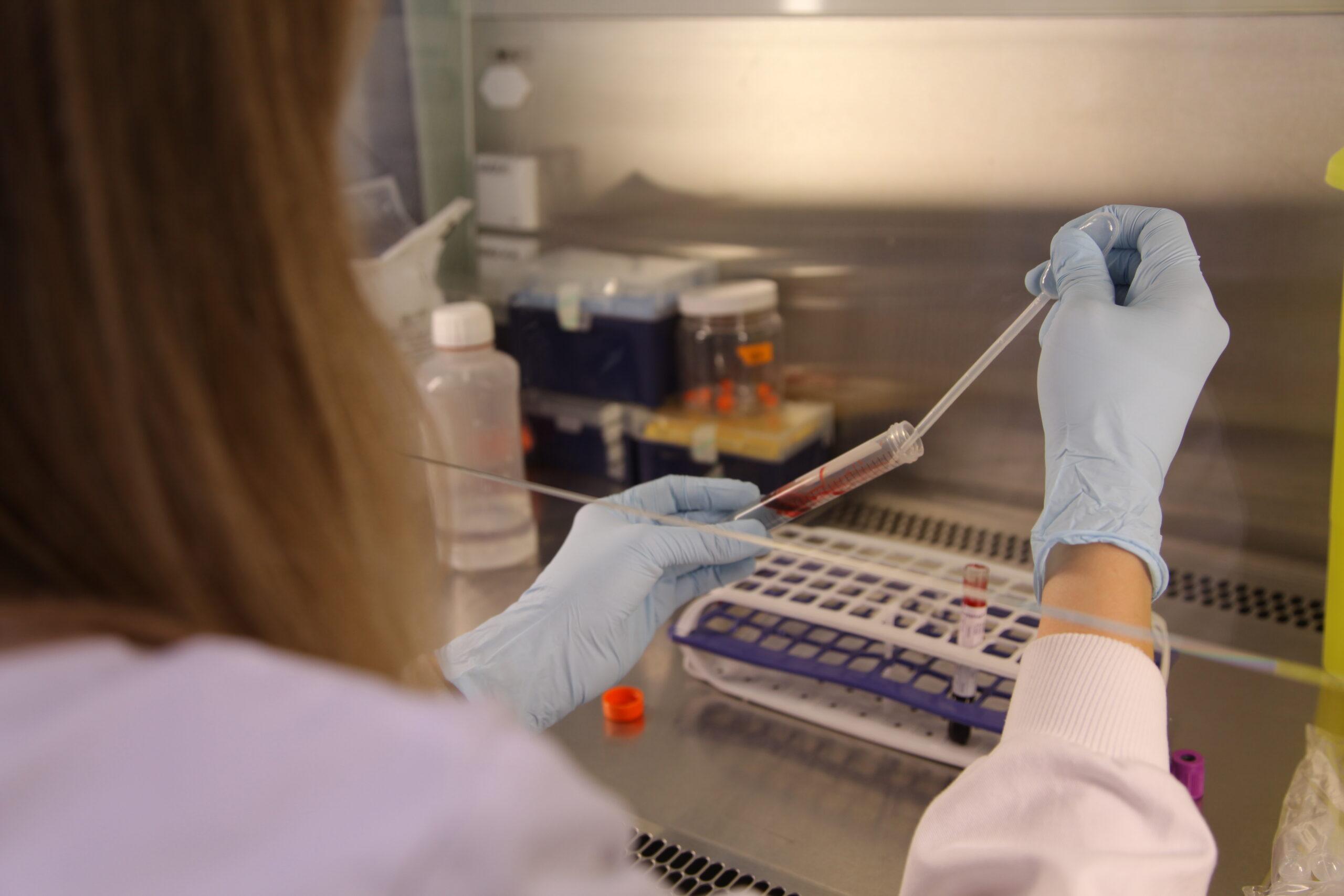Celebrating 10 years of the Breast Cancer Now Tissue Bank

This summer, the Breast Cancer Now Tissue Bank is celebrating 10 years of enabling vital breast cancer research. Since opening in 2012, the Tissue Bank has provided researchers across the globe with access to high-quality breast tissue, breast cells and blood samples from breast cancer patients, driving advances in breast cancer diagnosis and treatment.
Louise Jones, Professor of Breast Pathology at Barts Cancer Institute, Queen Mary University of London, and Co-principal Investigator of the Breast Cancer Now Tissue Bank said:
“Access to high-quality, large-scale collections of tissue samples is very important for researchers to be able to translate their findings from laboratory bench to hospital bedside. On the 10th anniversary of the Breast Cancer Now Tissue Bank, we’re celebrating the fact we have collected samples from nearly 10,000 patients bringing our collection to 126,000 samples. This huge achievement is underpinning research across the world.
“The projects the Tissue Bank supports are phenomenal and I’m confident they will continue to help provide new breakthroughs for women and men diagnosed with breast cancer.”
The Tissue Bank sits across four sites at Queen Mary’s Barts Cancer Institute (lead operational centre), the University of Aberdeen, the University of East Anglia in Norwich, and the University of Sheffield and has supported research teams in 12 countries, including the UK, Taiwan, USA, Italy, Finland, Sweden, South Korea, Portugal, Norway, Spain, Switzerland and Germany.
Of the 12,000 samples allocated to research, some of the key findings include:
- Scientists from Queen Mary University of London and the Francis Crick Institute used samples from the Breast Cancer Now Tissue Bank to better understand how obesity can contribute to the development of breast cancer at a molecular level. This helped them to identify a treatment that may reduce the risk of people developing breast cancer linked with obesity.
- Samples from the Tissue Bank have contributed to research at the University of York, which found a protein on cancer cells that may help breast cancer spread around the body. Researchers think this finding could eventually lead to a diagnostic tool for breast cancer.
- Researchers at Queen Mary’s Barts Cancer Institute used healthy cells donated to the Tissue Bank to recreate a structure closely resembling breast ducts in the lab. The researchers are now using this 3D model to study an early form of breast cancer.
Read the full Breast Cancer Now press release.
Category: General News

No comments yet